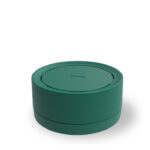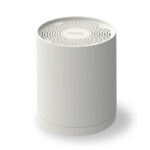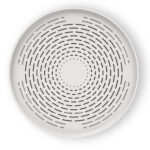Wellness begins with the quality of the air you breathe: monitoring radon gas can save your life

Why monitor radon gas

Radon is a radioactive noble gas, produced by the decay of uranium and naturally occurring in the earth’s crust.
It is odorless, colorless and tasteless, so it is not perceptible to our senses.
Inside buildings it can reach high concentrations, becoming a serious hazard to occupants. Inhalation of radon gas can lead to serious harm to human health, as the particles of which it is composed can penetrate the lungs and damage the DNA of cells, with the risk of developing cancer.
The World Health Organization has classified radon as a gas belonging to Group 1 of human carcinogens.
Where is radon gas found?

Radon is found in soil and rocks in varying amounts.
Being a gas, radon can move and escape from soil porosities by dispersing into the atmosphere, where the concentration never reaches high levels.
The same cannot be said of enclosed places, such as our homes, offices or schools, where radon can reach values that pose a significant risk to human health, especially for smokers.
Radon and new constructions
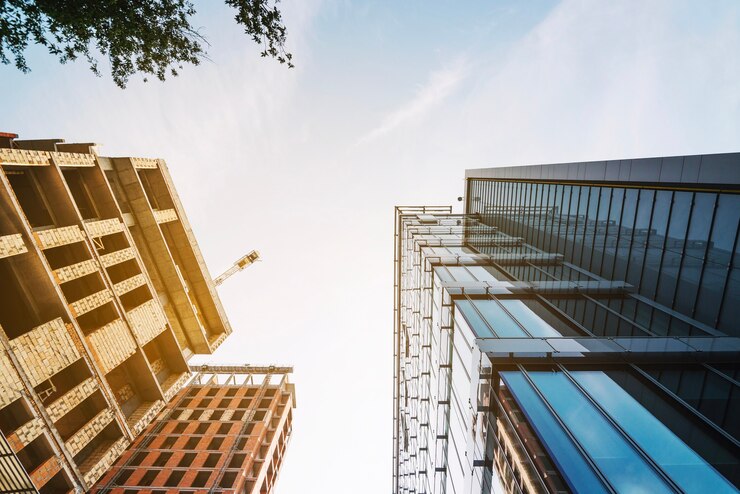
Modern buildings have increasingly insulated exterior envelopes geared toward saving costs and energy consumption and minimizing energy-wasting window openings.
Reduced airflow into the room, however, can allow radon to accumulate to high levels, causing dangerous exposure.
Variation in radon gas

Radon levels can be affected by natural sources such as cold, wind, pressure, moisture, ground shifts, and can also be released by building materials.
In addition, radon gas concentrations are highly variable in time and space: nearby buildings can have very different concentrations, and there are generally large alterations between day and night, summer and winter, and between different weather conditions.
Because of these fluctuations, it becomes necessary to constantly monitor the radon gas value, even if it is within the allowable limits at the time of measurement.
Health effects

The main health detriment related to radon exposure is a statistically significant increase in the risk of lung cancer.
Globally, radon is considered the most dangerous radioactive contaminant in indoor environments, and it is estimated that about 50 percent of the average person’s exposure to ionizing radiation is due to radon.
The new limit values

Legislative Decree 101/2020 introduces many novelties in the radiation protection regulatory system regarding protection from exposure to natural sources of ionizing radiation in living and working environments.
This for Italy is very good news.
Regarding protection from radon in living and working environments, framed as existing exposure situations, the same reference level is set: equal to an annual average concentration of 300 Bq/m3.
For homes built after Dec. 31, 2024, however, a lower reference level of 200 Bq/m3 will apply.
National Radon Action Plan
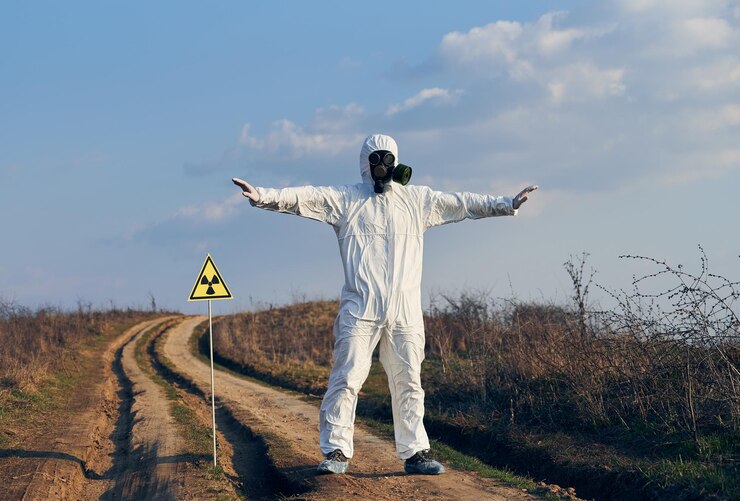
Regulations on radon protection in workplaces apply to work activities carried out in underground environments, spa establishments, basement and ground floor workplaces if located in priority areas or if carried out in specific workplaces to be identified according to the provisions of the National Radon Action Plan.
In these workplaces, measurement of the annual average airborne radon concentration is required, and if it exceeds the reference level, “corrective measures” must be taken to reduce the average indoor radon levels.

